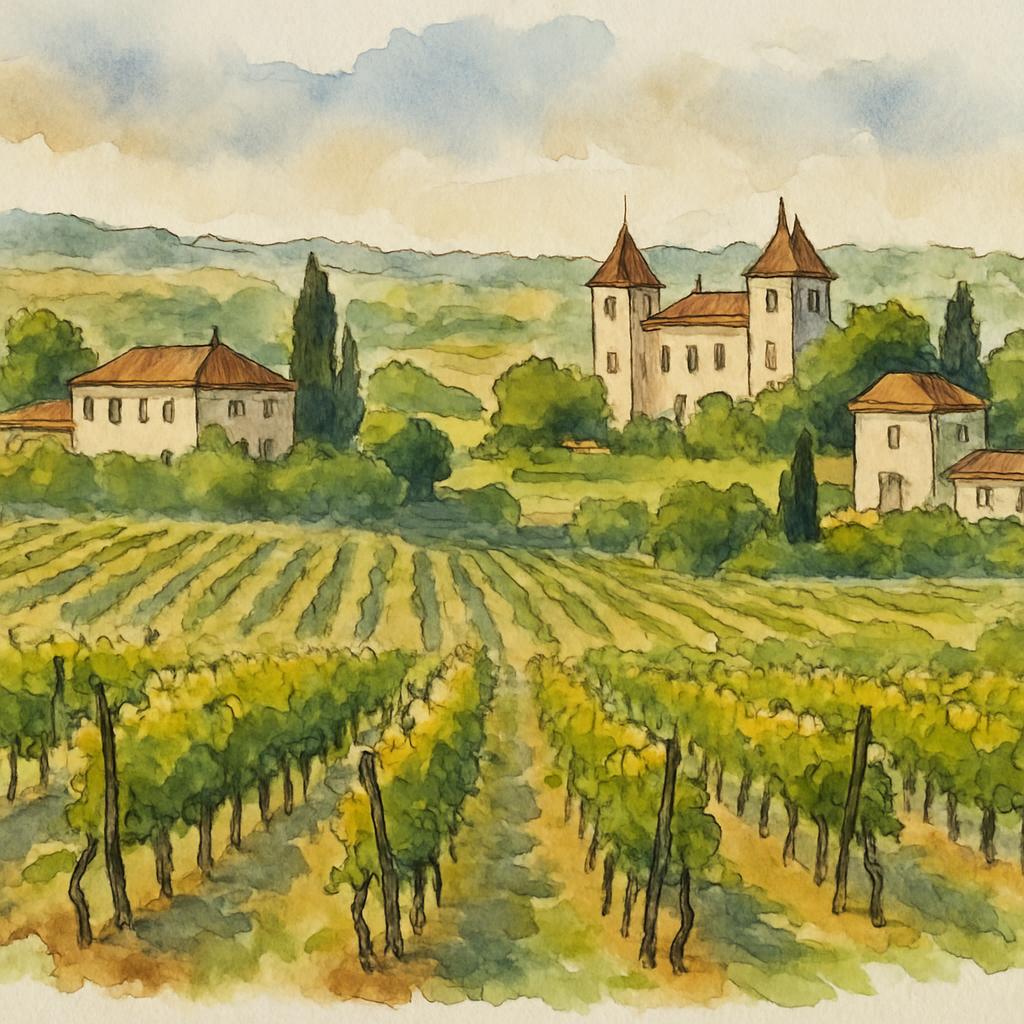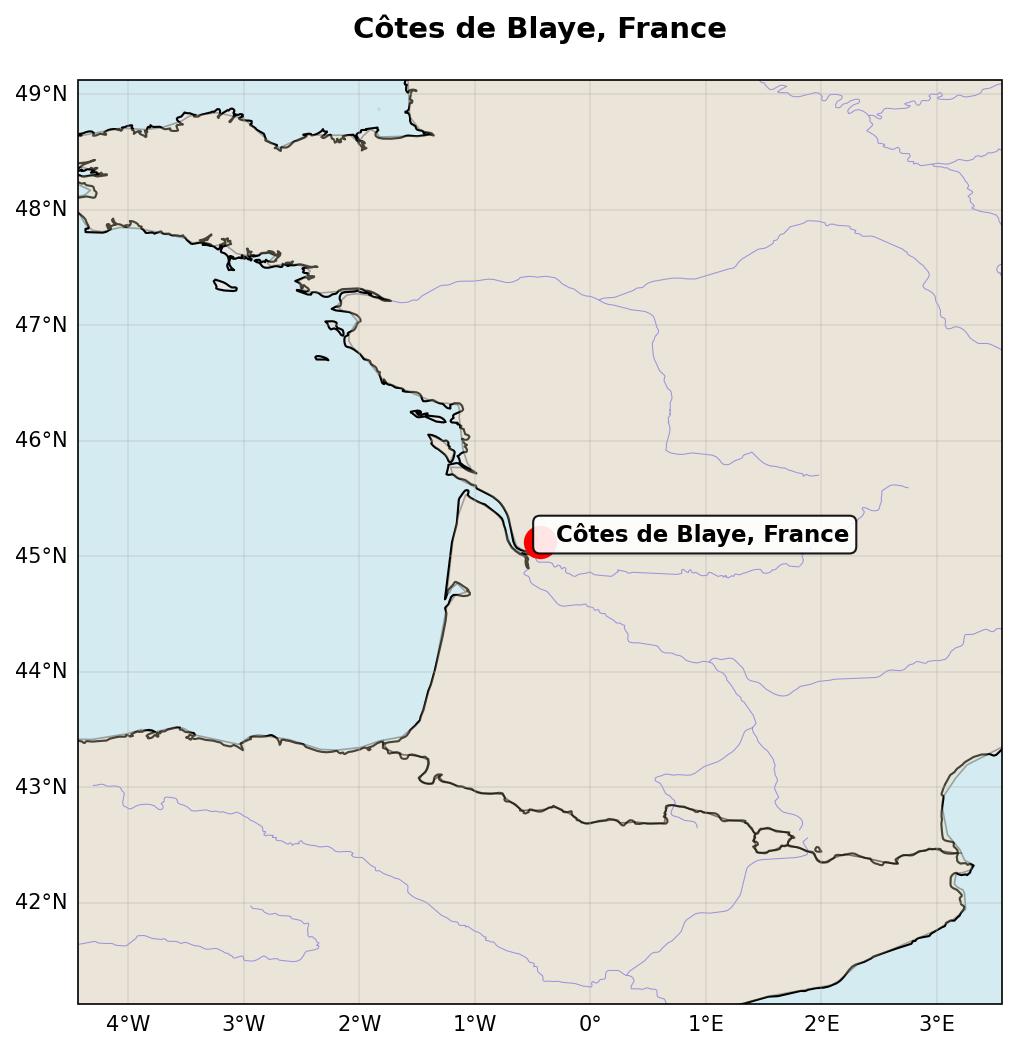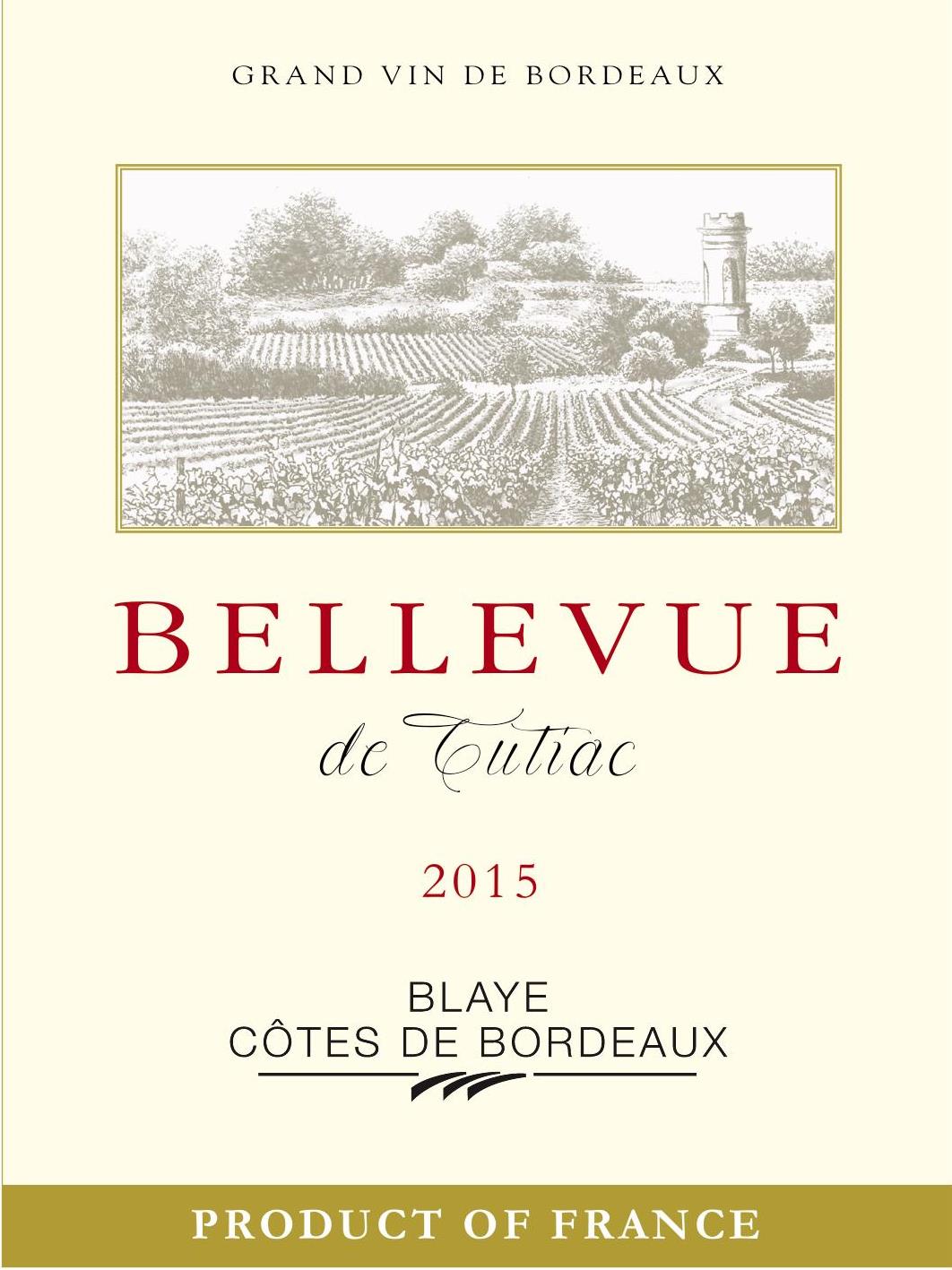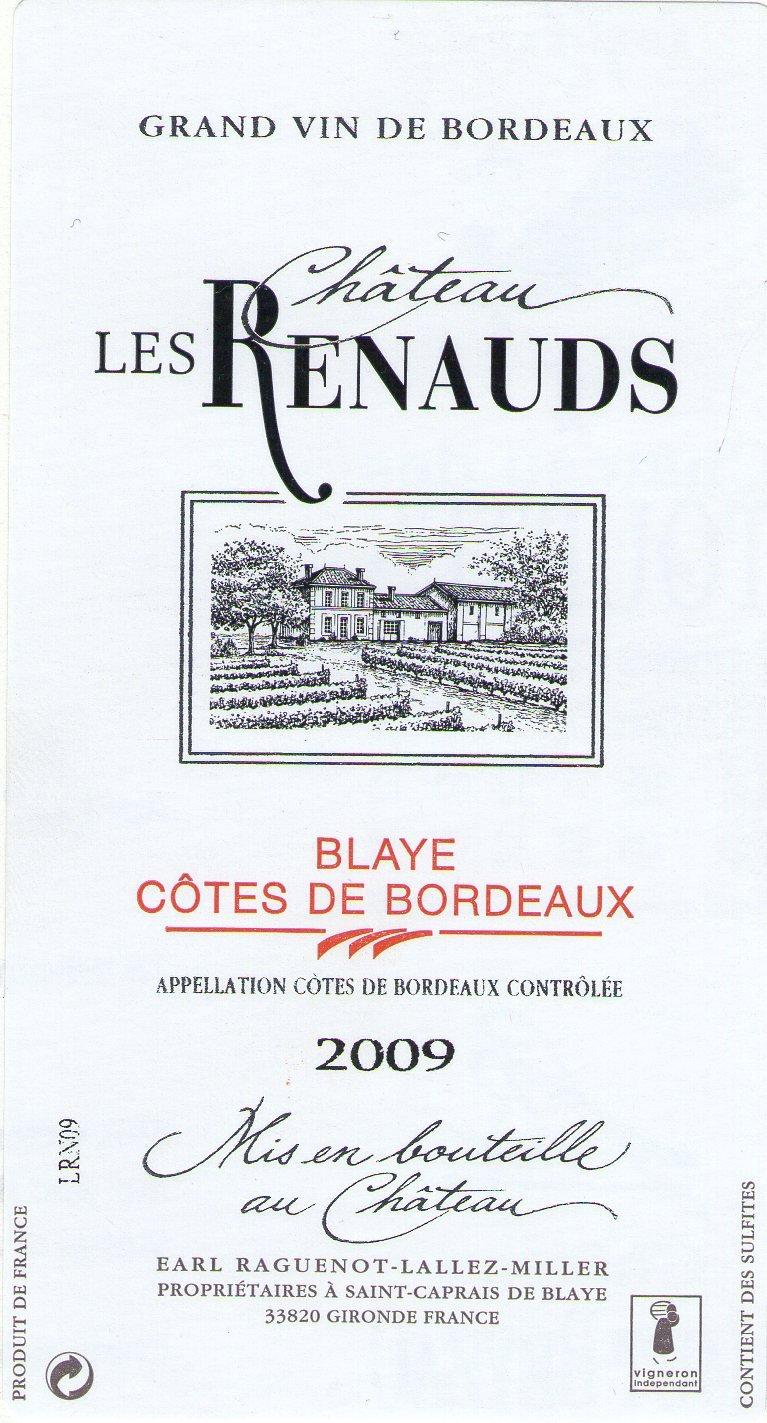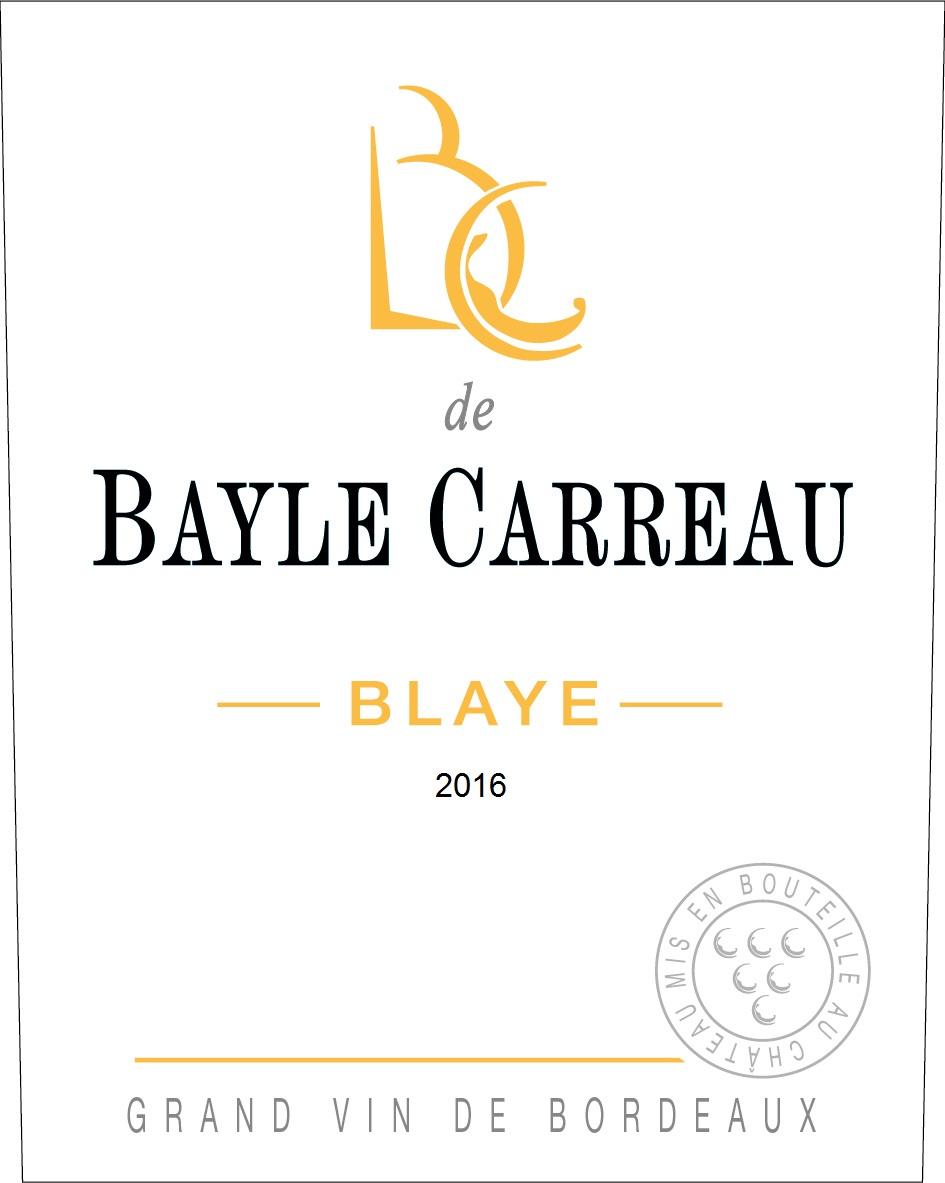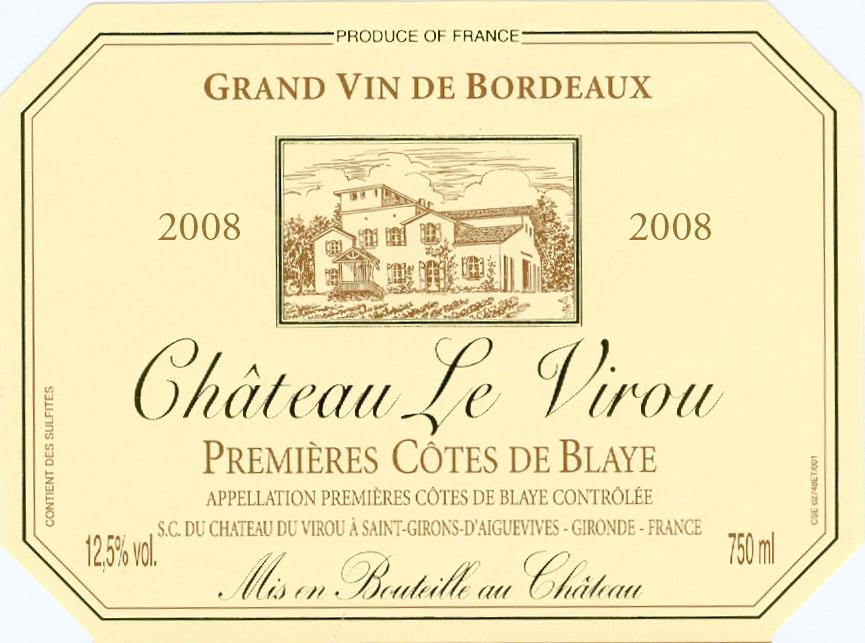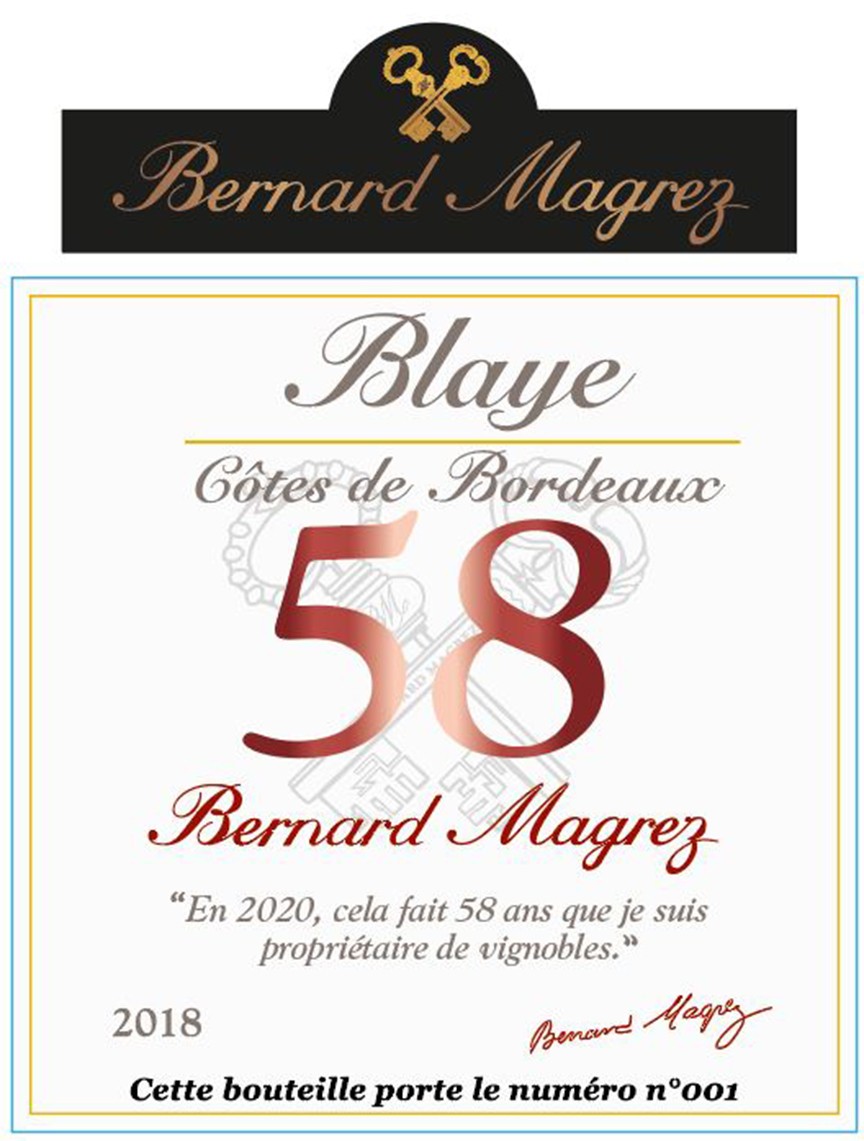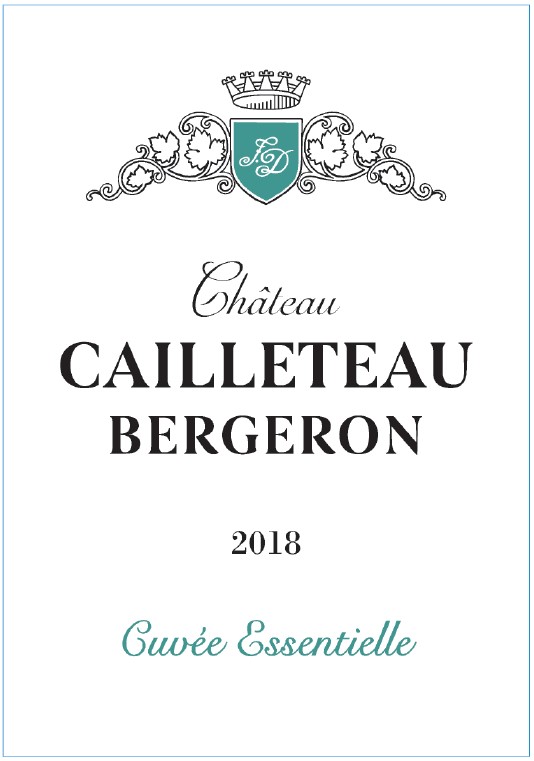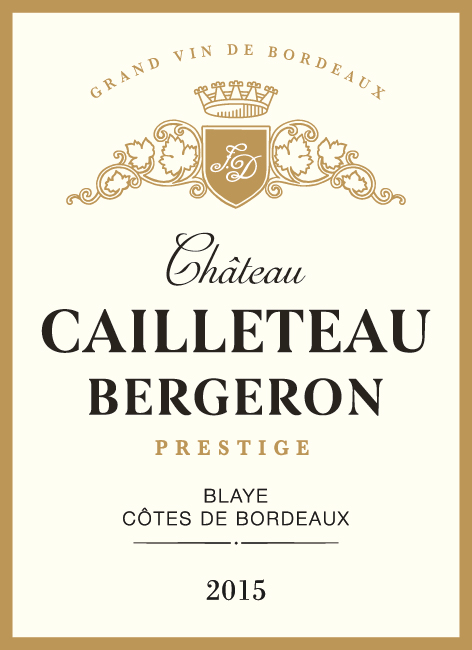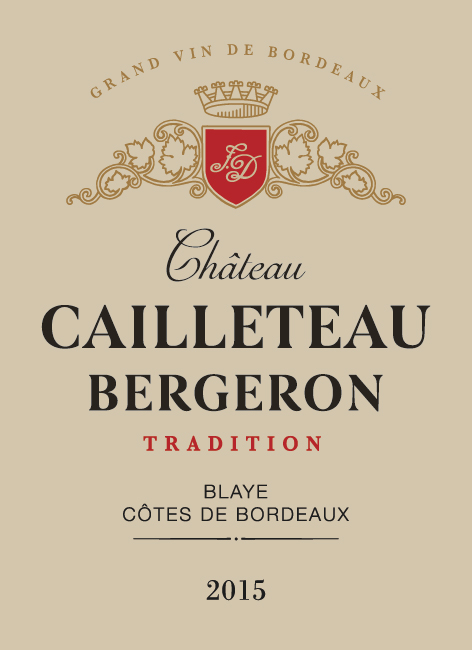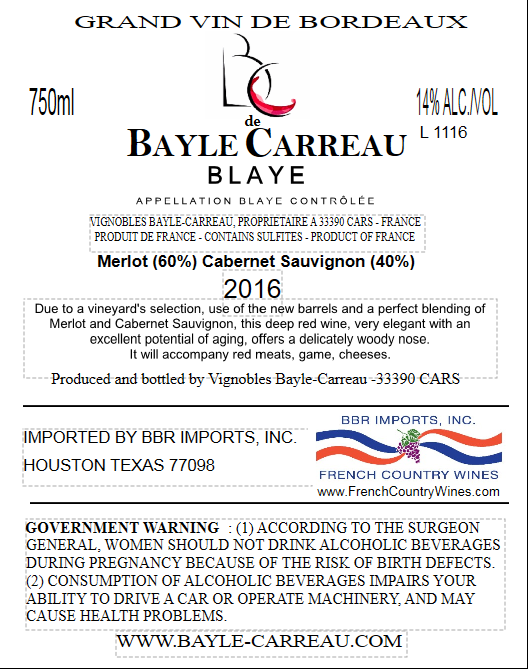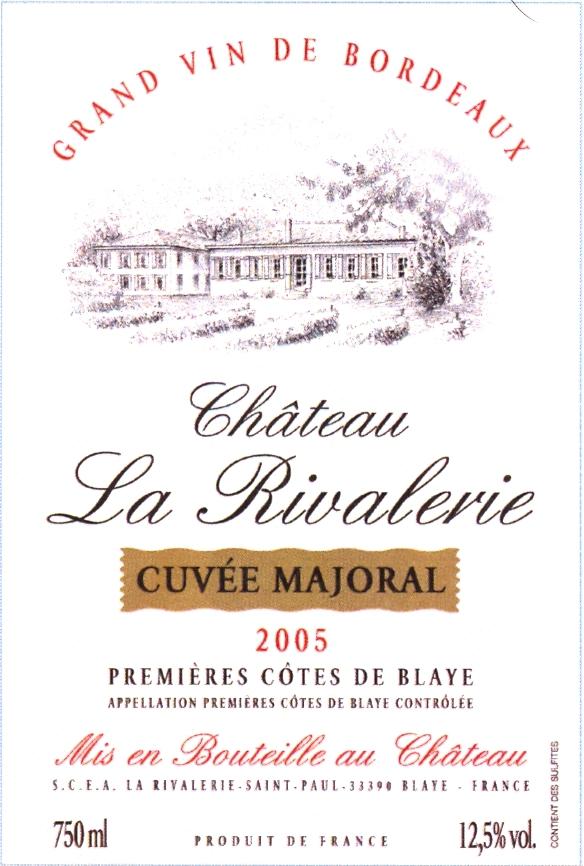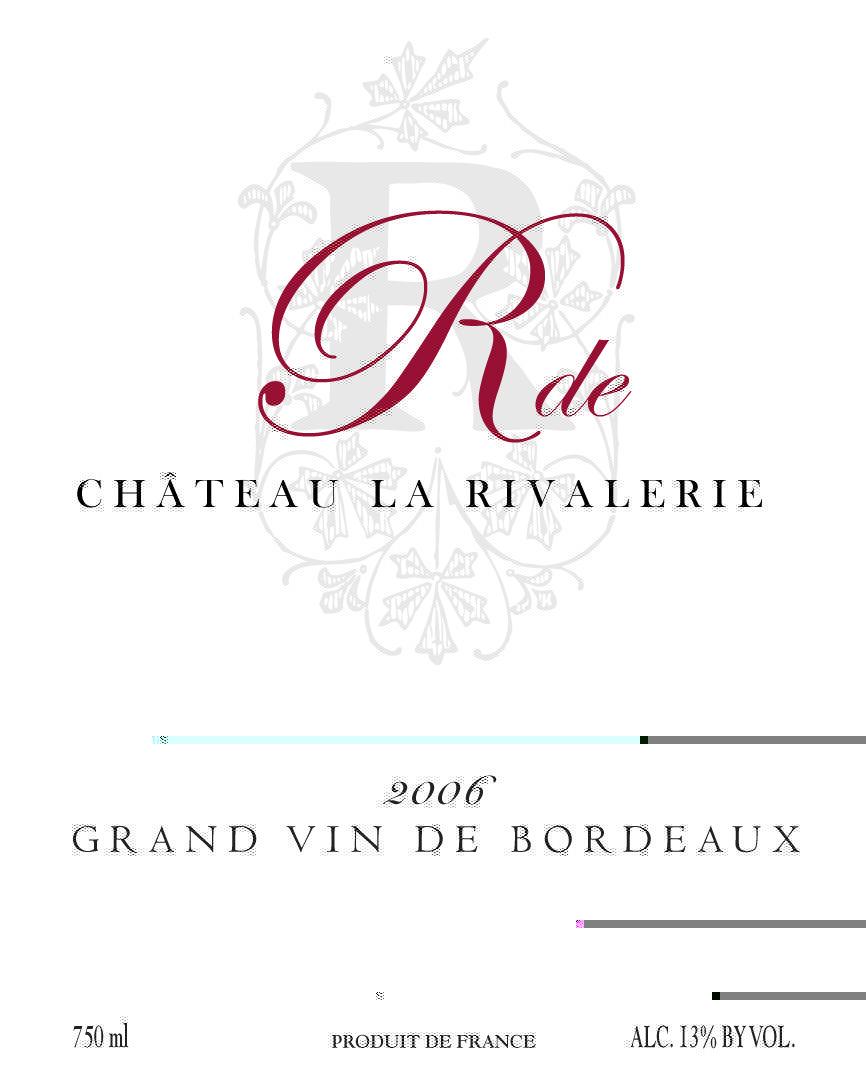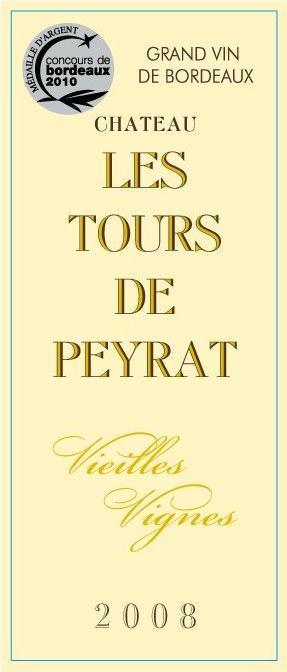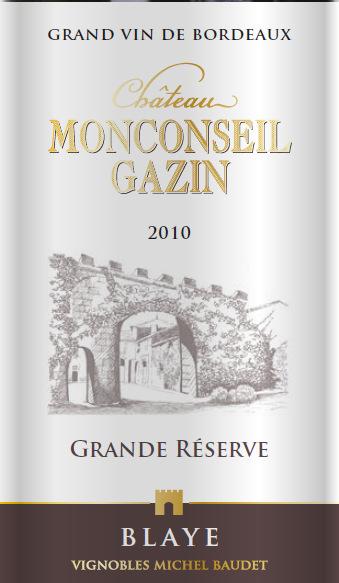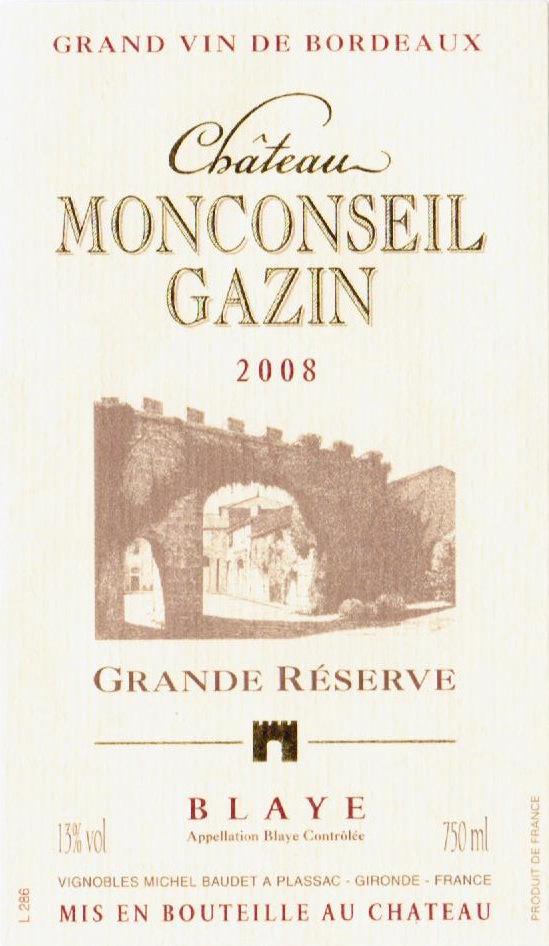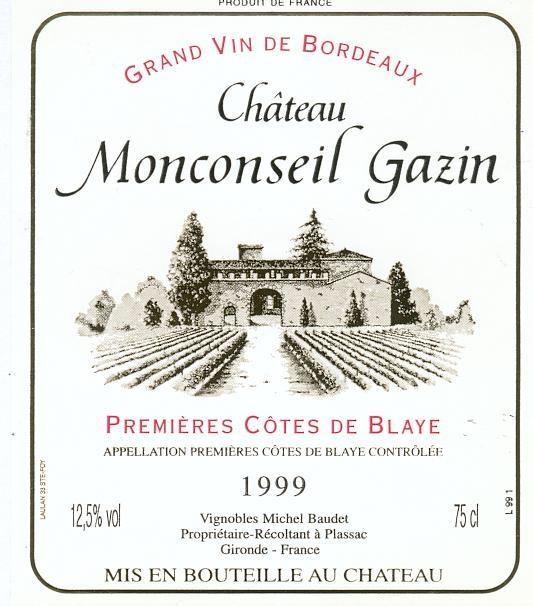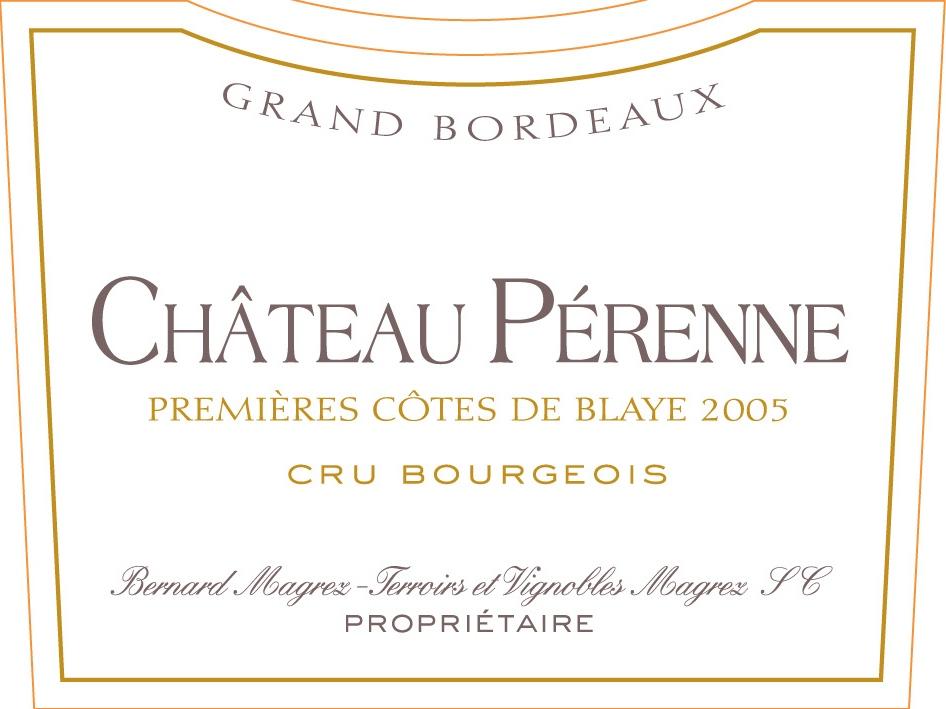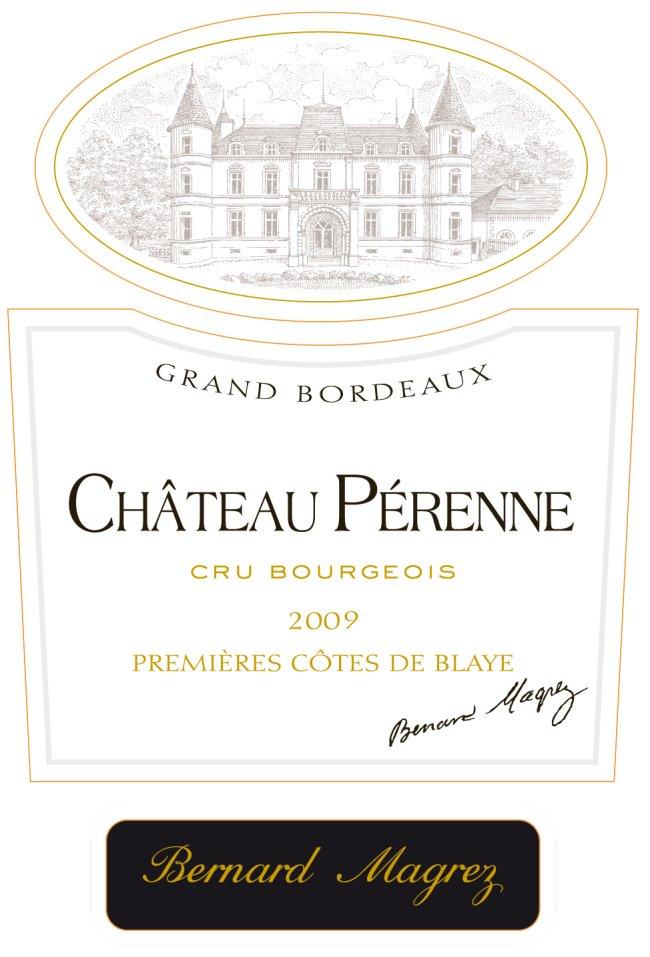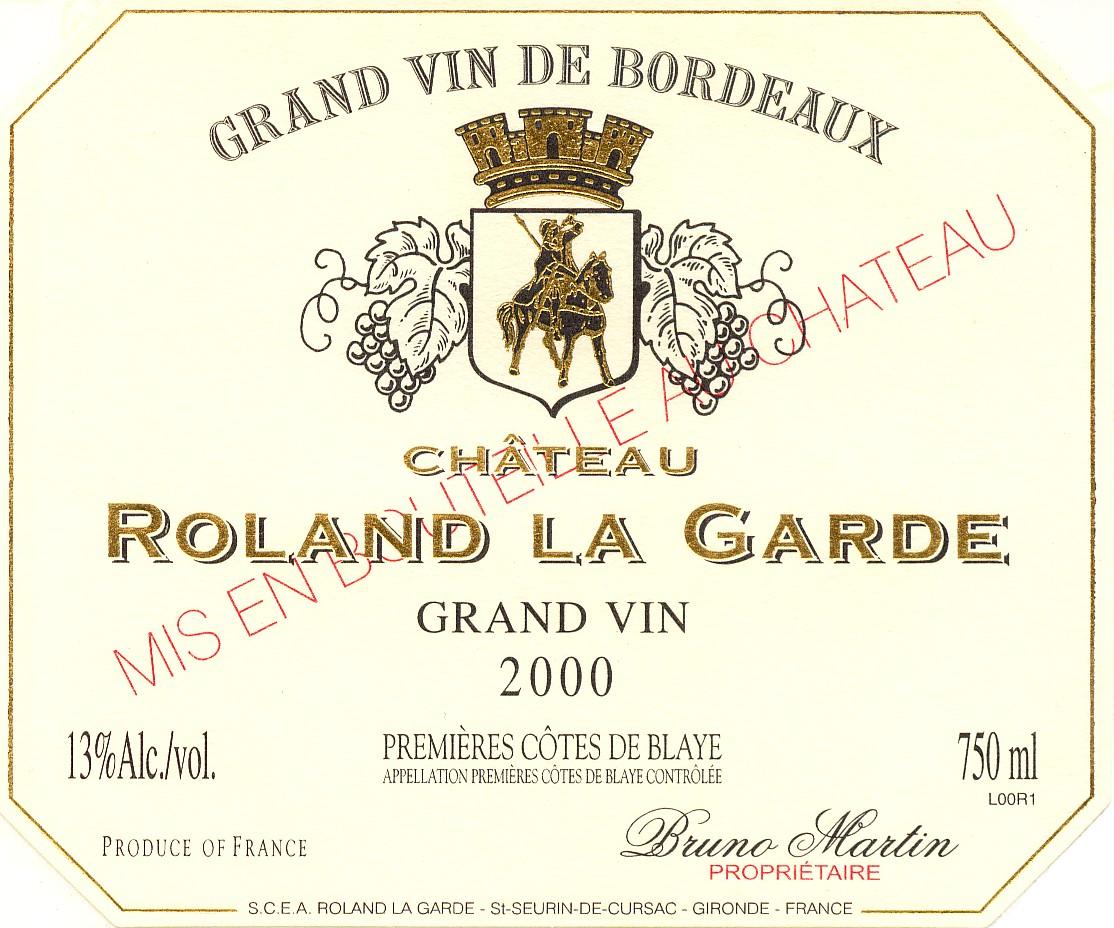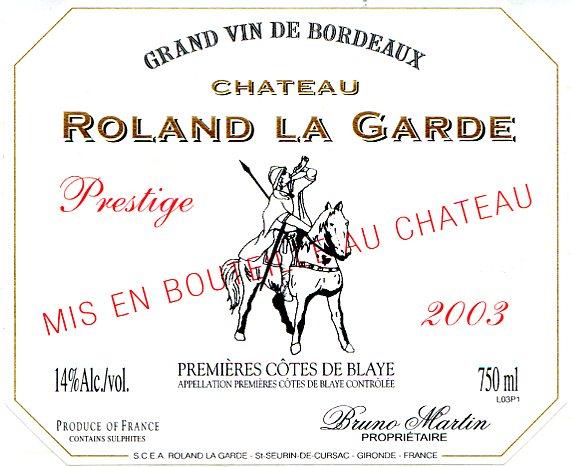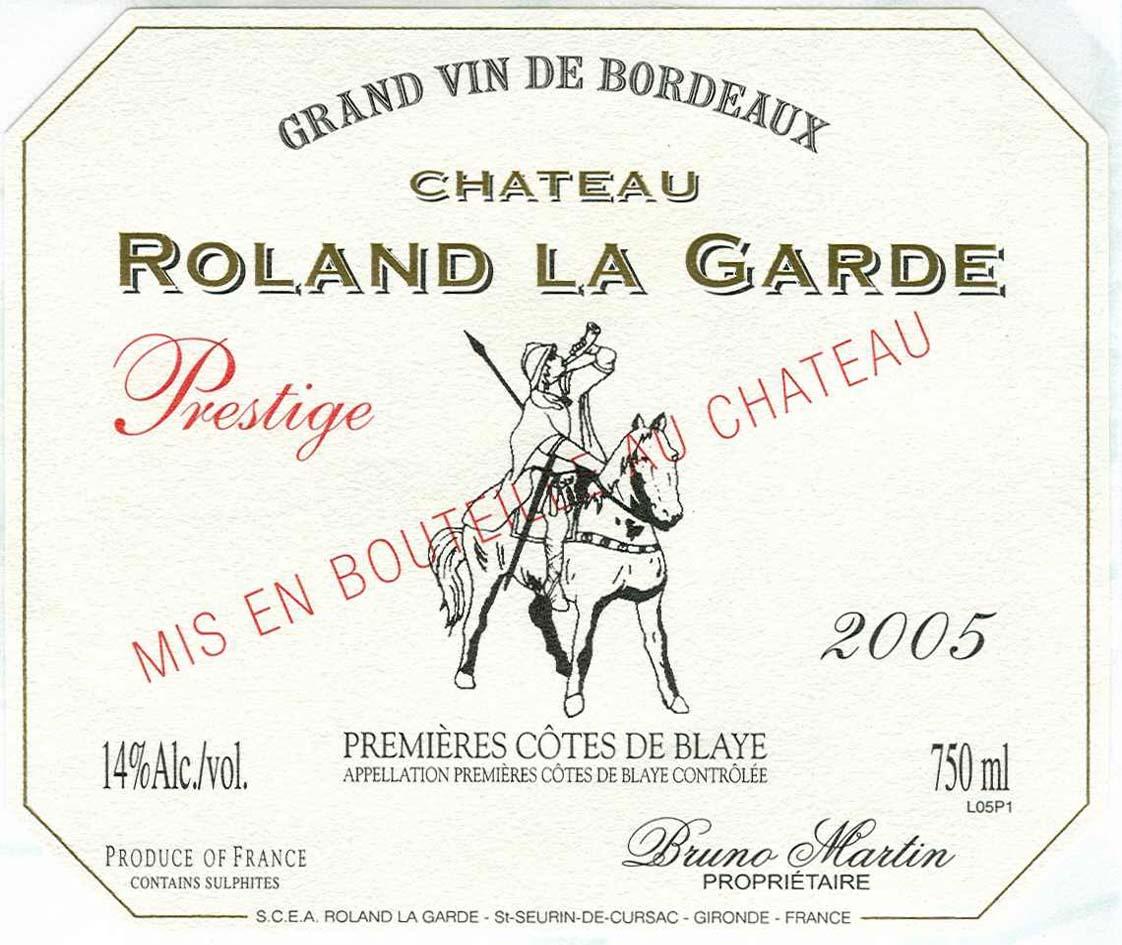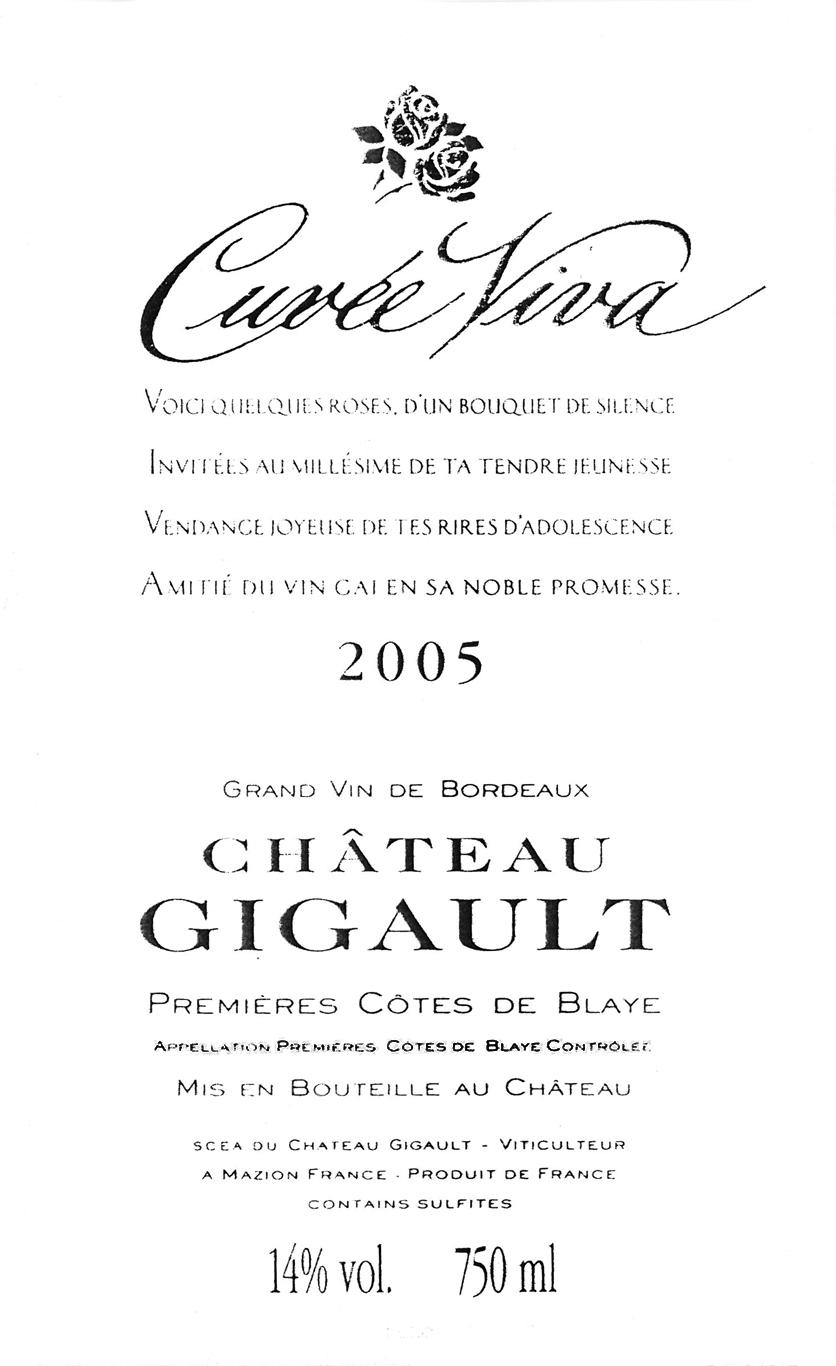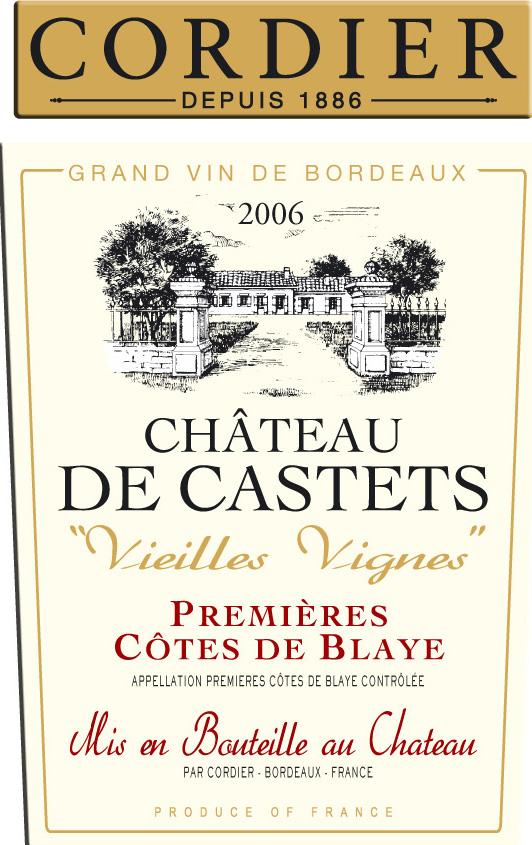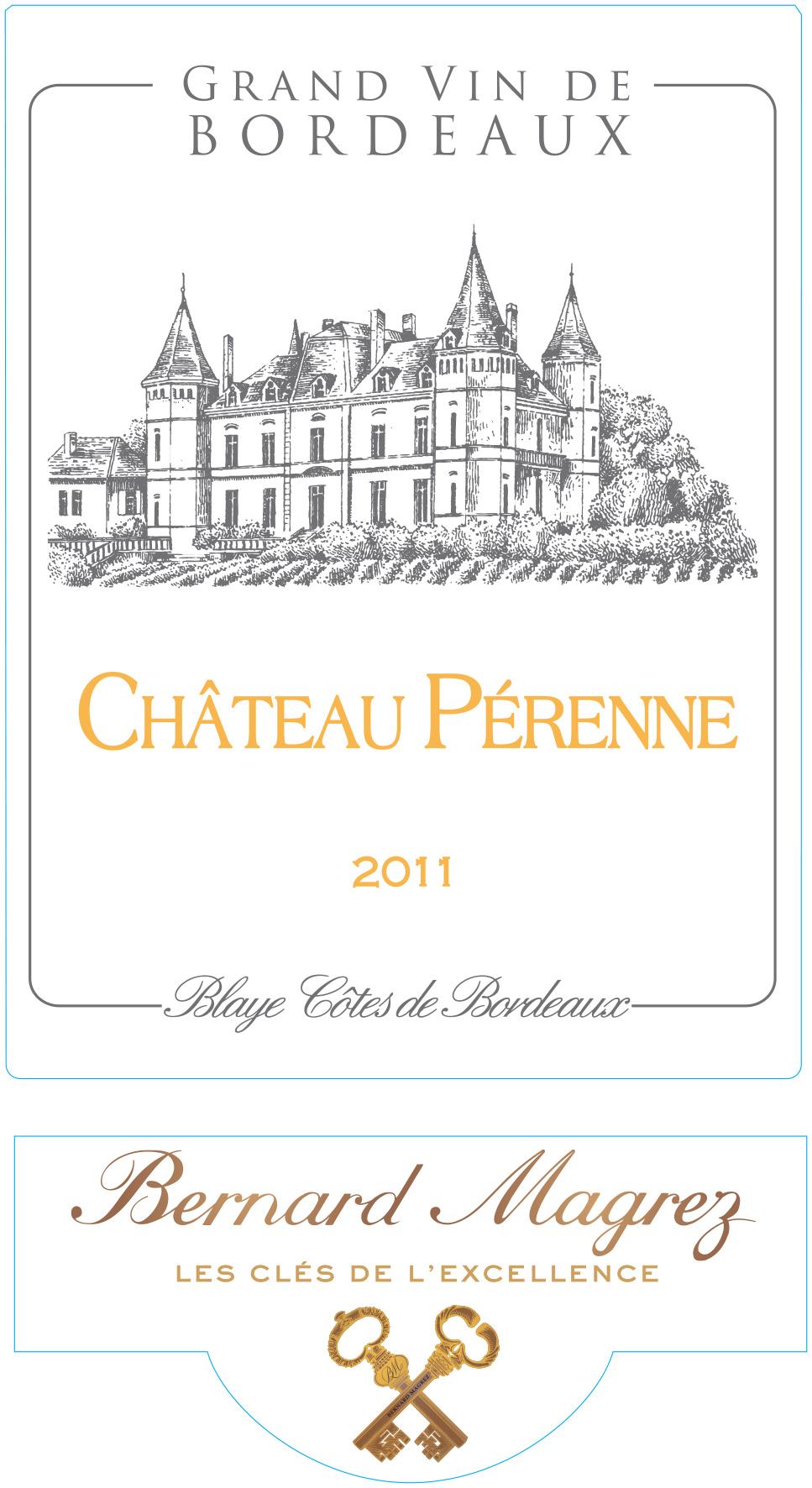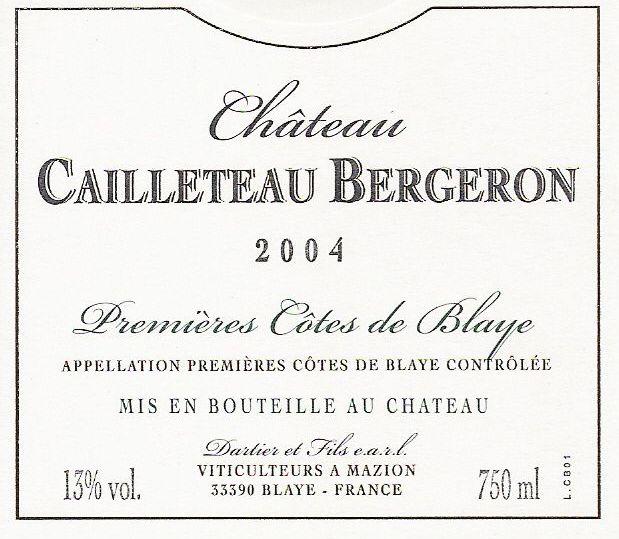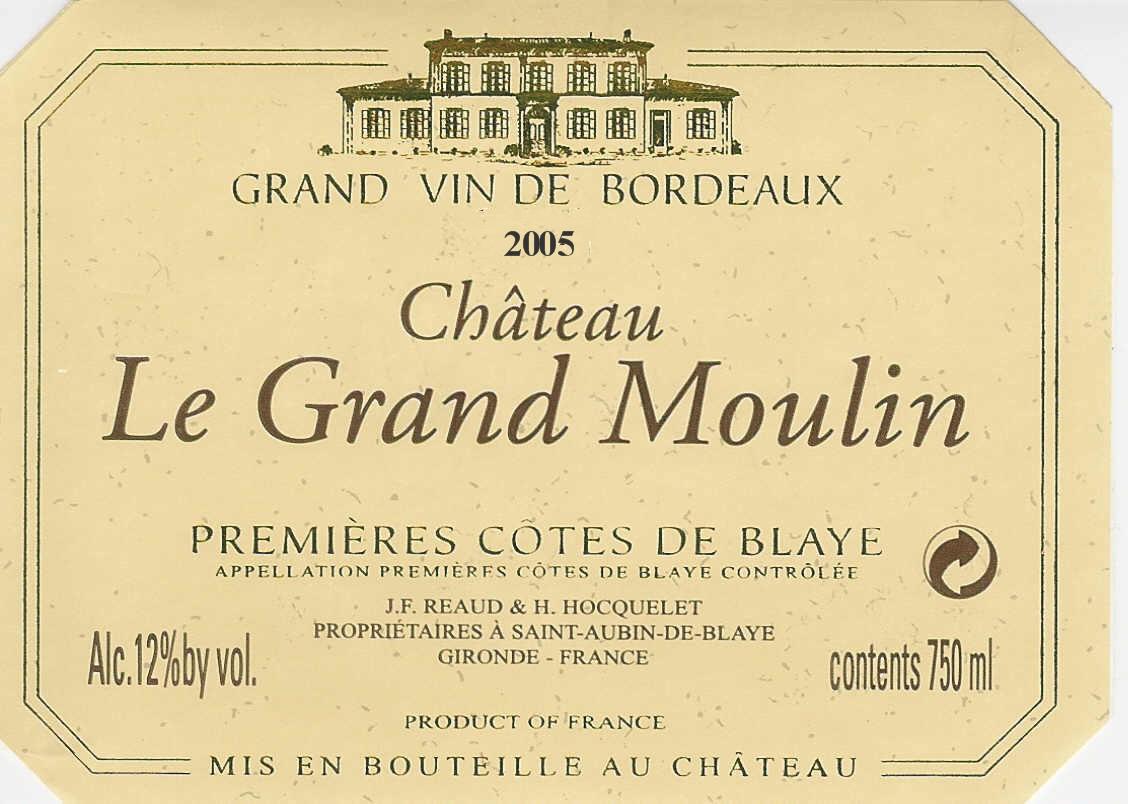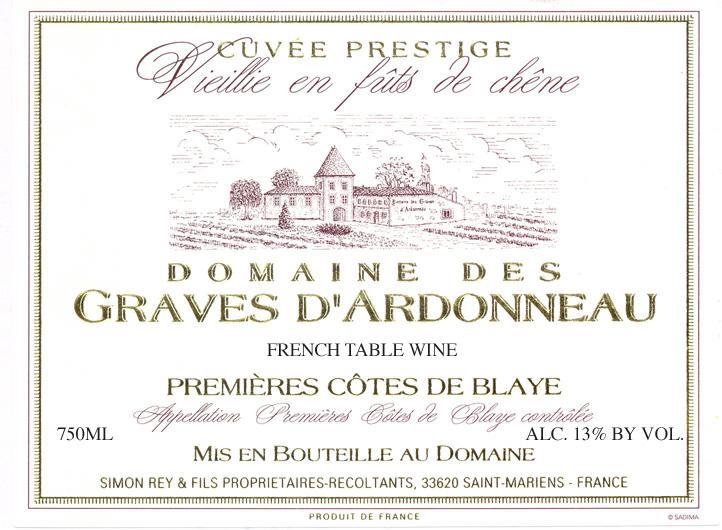Signature Côtes de Blaye Wine Styles & Grape Varieties
- Merlot: Dominant red grape, offering flavors of blackberry, plum, and a silky texture, forming the base of most local red blends.
- Cabernet Sauvignon: Provides structure and freshness with notes of blackcurrant, complementing Merlot in blends.
- Cabernet Franc: Adds red fruit flavors, herbal scents, and a hint of pepper for complexity.
- Malbec (Côt): Used to enhance color and introduce spicy, dark plum flavors.
- Sauvignon Blanc: Key white grape, producing crisp, dry wines with citrus, green apple, and fresh herb aromas.
- Sémillon: Enhances white blends with body, smoothness, and a touch of honey.
- Muscadelle: Occasionally used to add floral and grape-like aromas.
Red wines are medium to full-bodied with ripe fruit and smooth tannins, while whites are fresh and aromatic with crisp acidity.
Terroir of Côtes de Blaye
The terroir of Côtes de Blaye is known for its unique soil and climate. Vineyards are set on gentle slopes with limestone and clay, called "terres blanches," that give wines a fresh, mineral taste. These soils warm up quickly, helping Merlot and Sauvignon Blanc grapes ripen well. Lower areas have deeper clay and sand, which hold moisture and manage vine growth.
The region enjoys a mild maritime climate with gentle winters and warm summers, along with regular rainfall. The Gironde estuary nearby keeps temperatures steady, allowing for a long growing season. This helps grapes reach full ripeness with balanced sugar levels, with harvest usually from late September to October. Though the conditions are mostly good, growers watch out for spring frosts and fall rains that can sometimes affect the harvest.
Notable Wineries in Côtes de Blaye
The Côtes de Blaye region is a vibrant tapestry of wine-making excellence, with its diverse array of producers offering visitors a taste of both tradition and innovation. Some notable wineries stand out for their unique contributions:
- Regional Cooperative Cellars: These bring together fruit from numerous small growers to craft wines that embody the appellation's style, ensuring a true taste of the region.
- Family-Owned Châteaux: Known for their Merlot-led reds and Sauvignon-based whites, these estates offer everything from approachable blends to complex, age-worthy bottles.
- Historic Vineyard at the Citadel of Blaye: Nestled within the UNESCO World Heritage site, this vineyard sometimes produces a limited cuvée celebrating the area's rich heritage.
For the latest producer lineups and visiting hours, it is recommended to check with local wine offices.
Sustainable Winemaking in Côtes de Blaye
The Côtes de Blaye region is embracing sustainability with commitment to eco-friendly practices like organic (AB) and High Environmental Value (HVE) certifications. These initiatives reduce pesticide use, encourage biodiversity, and promote smart resource management, aligning with the region's terroir-focused traditions.
Vineyard management includes planting cover crops to prevent erosion and improve soil health, while careful vine training enhances airflow and reduces chemical needs. Given the adequate rainfall, irrigation is rare, and modern wineries are adopting energy-saving designs and exploring renewable energy solutions.
Community efforts focus on climate change resilience and ecological methods such as carbon capture and habitat restoration. These collective actions ensure that Côtes de Blaye not only produces wines of ripeness and balance but also secures a sustainable future for its picturesque landscape.
Wine Tourism in Côtes de Blaye
The Côtes de Blaye region offers rich wine tourism experiences that reflect its deep historical and viticultural heritage. Visitors can step back in time at the Citadel of Blaye, a UNESCO World Heritage site, and enjoy panoramic views while engaging in wine-centric cultural events. Many local châteaux and cooperatives invite guests for guided tastings, with the Maison du Vin de Blaye serving as a hub for planning vineyard excursions.
Travelers can explore scenic routes by car or bike, linking the rolling vineyards of Blaye to nearby areas like Bourg, or enjoy picturesque river trips on the Gironde that include winery visits. Seasonal events like Printemps des Vins showcase local wines, often paired with the region's seafood delicacies, creating a delightful blend of gastronomy and viticulture.
